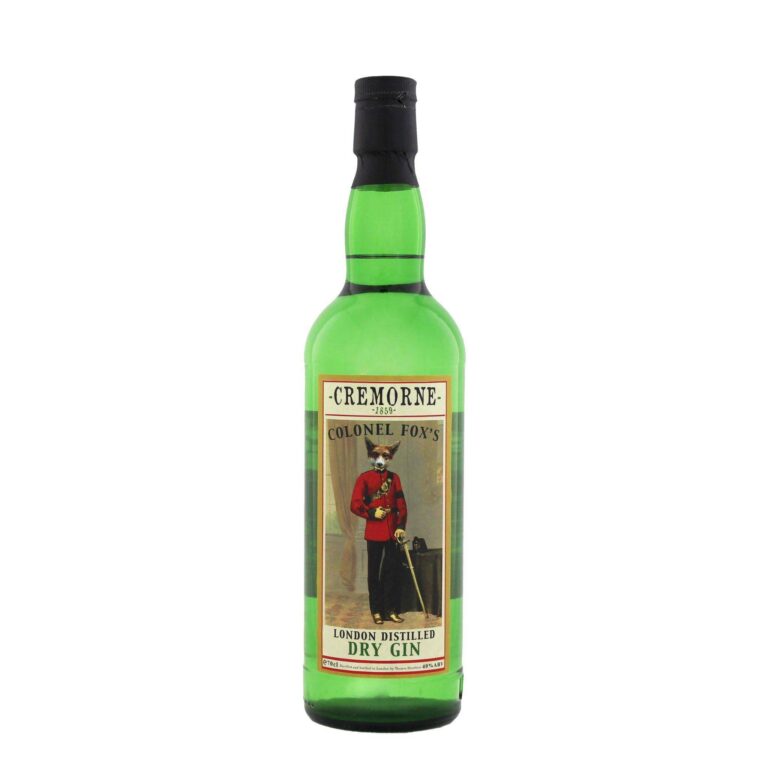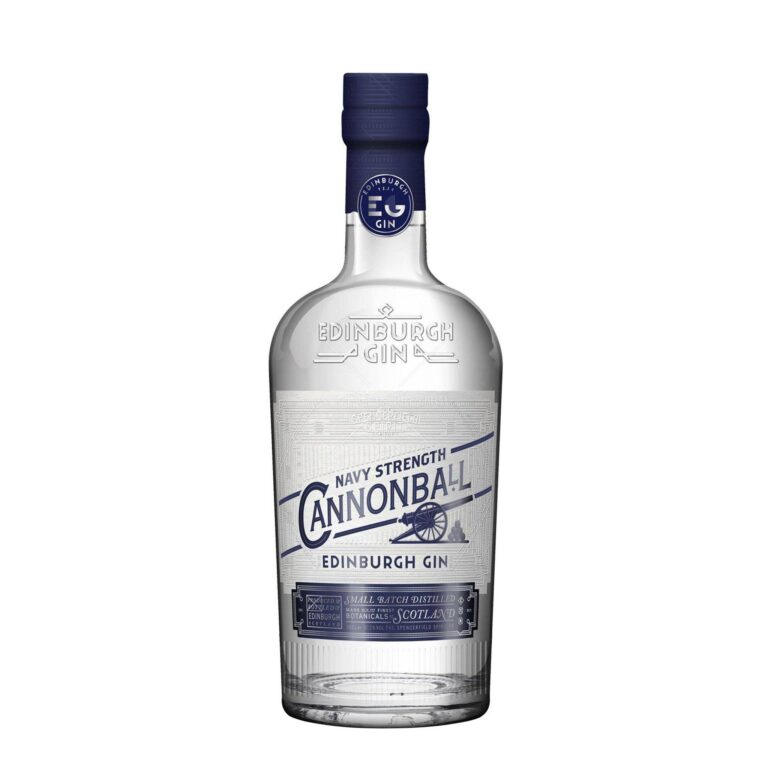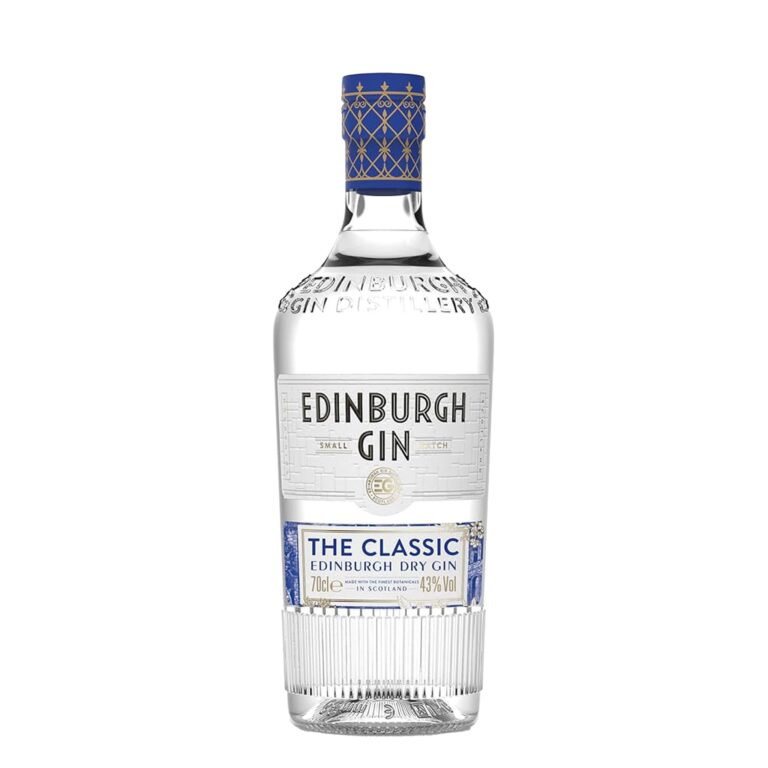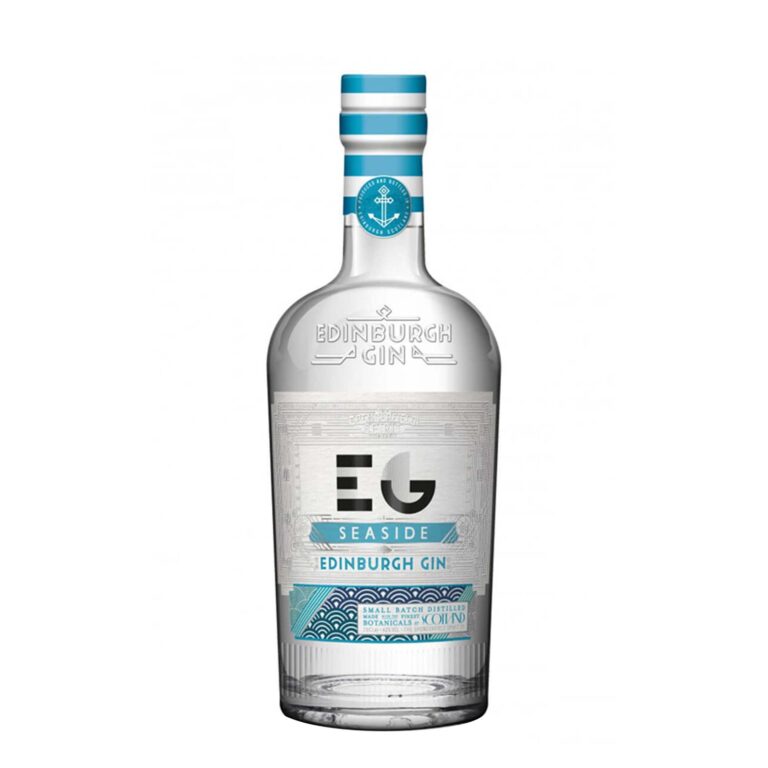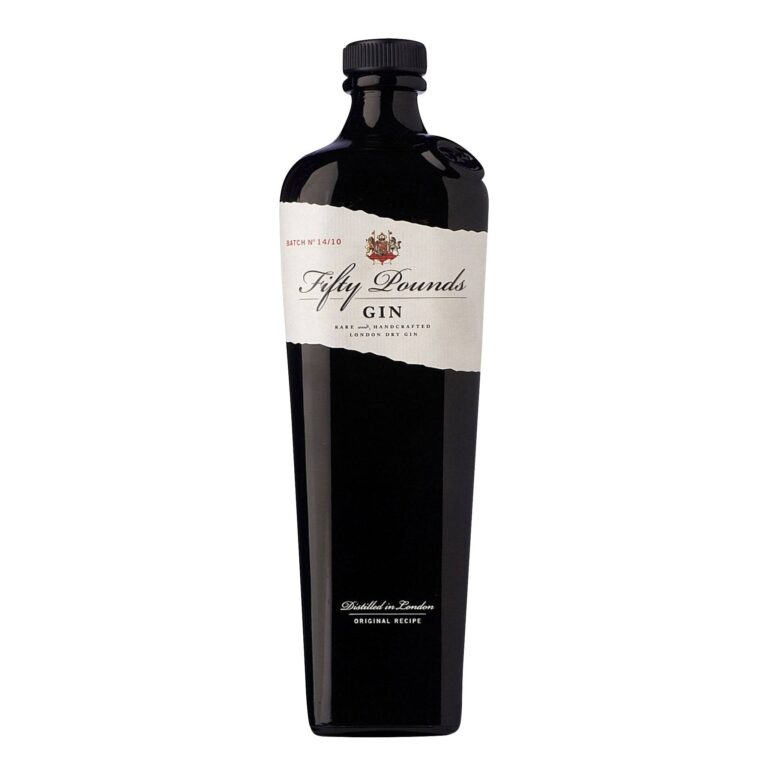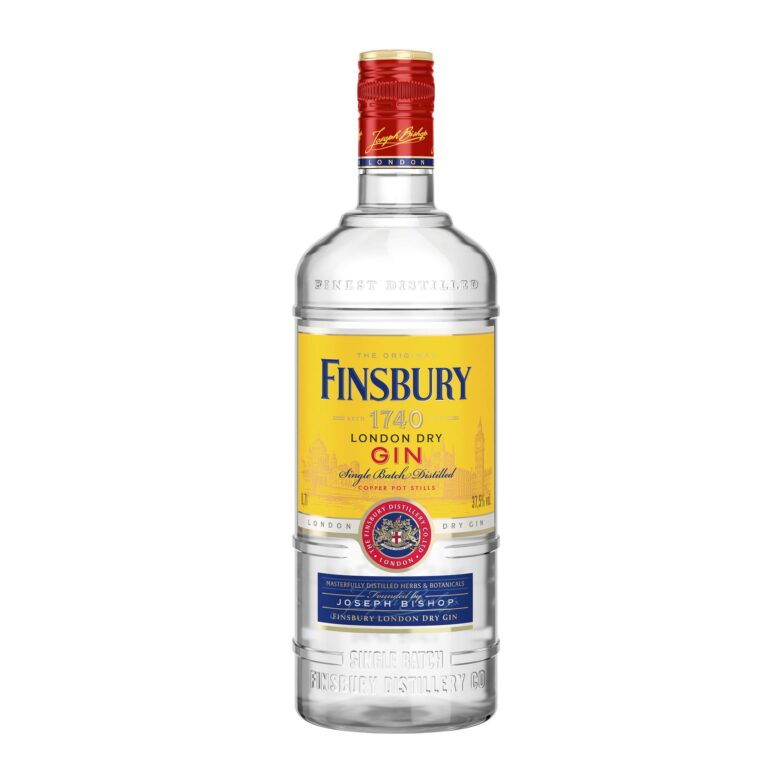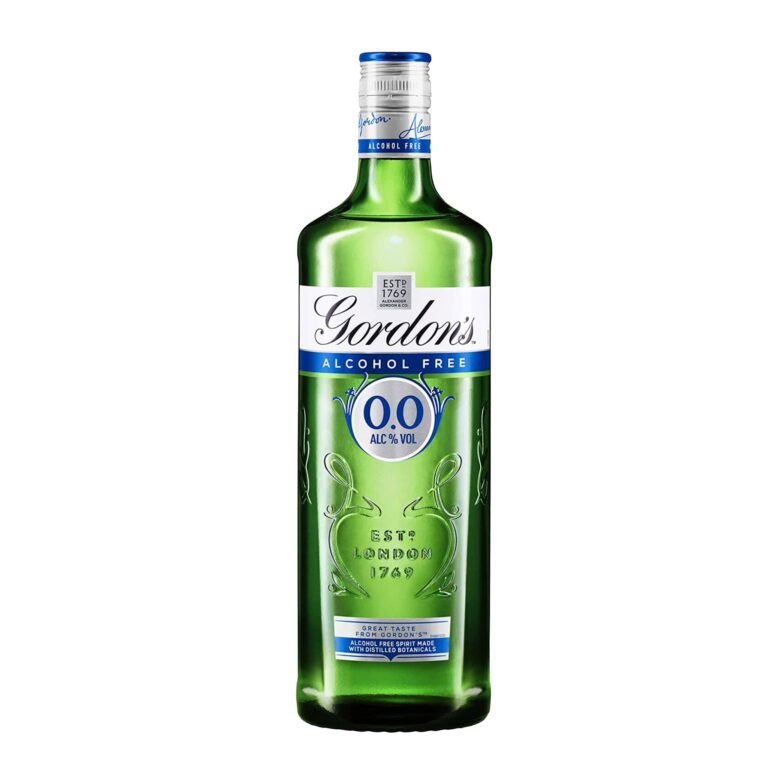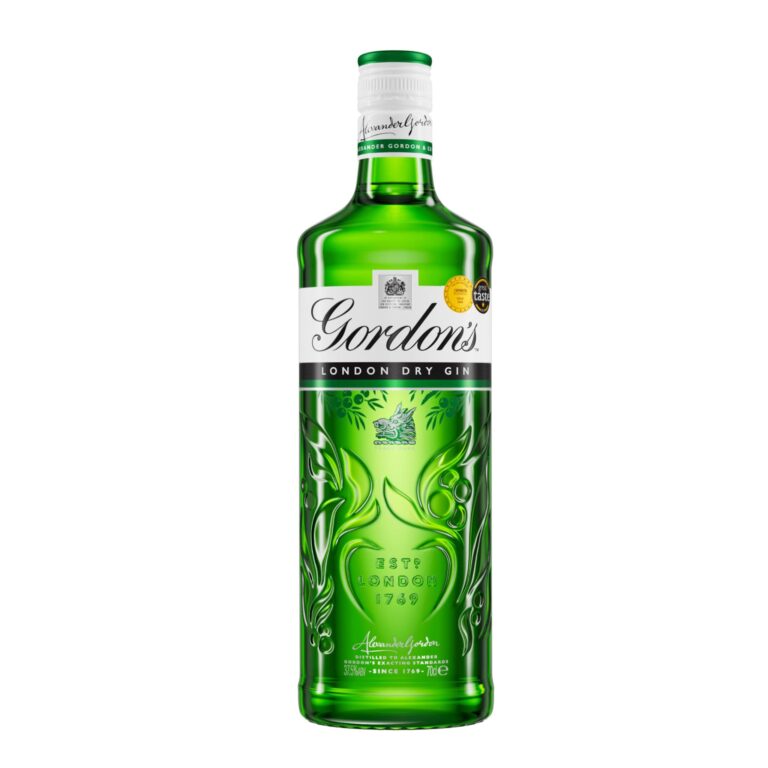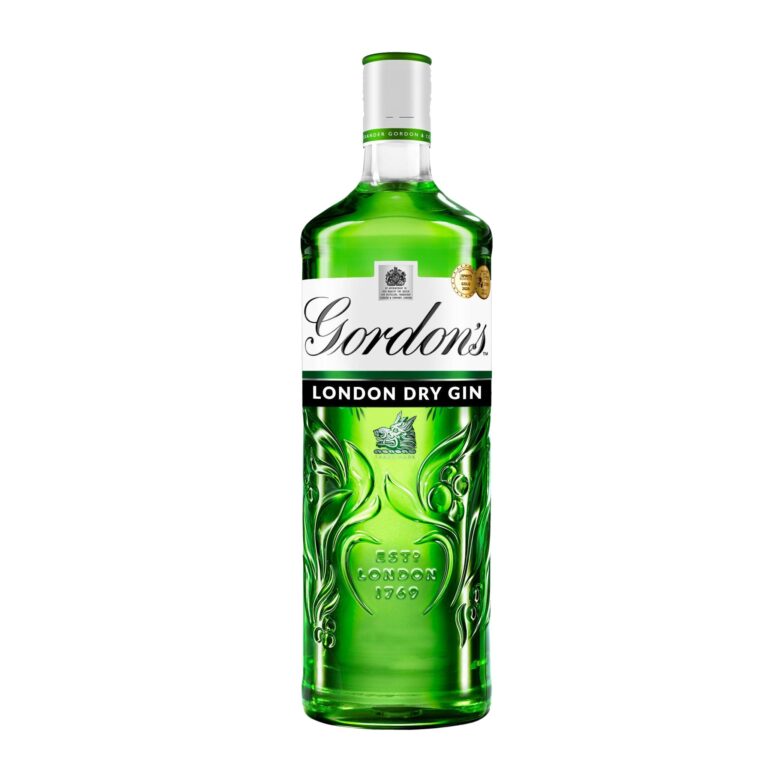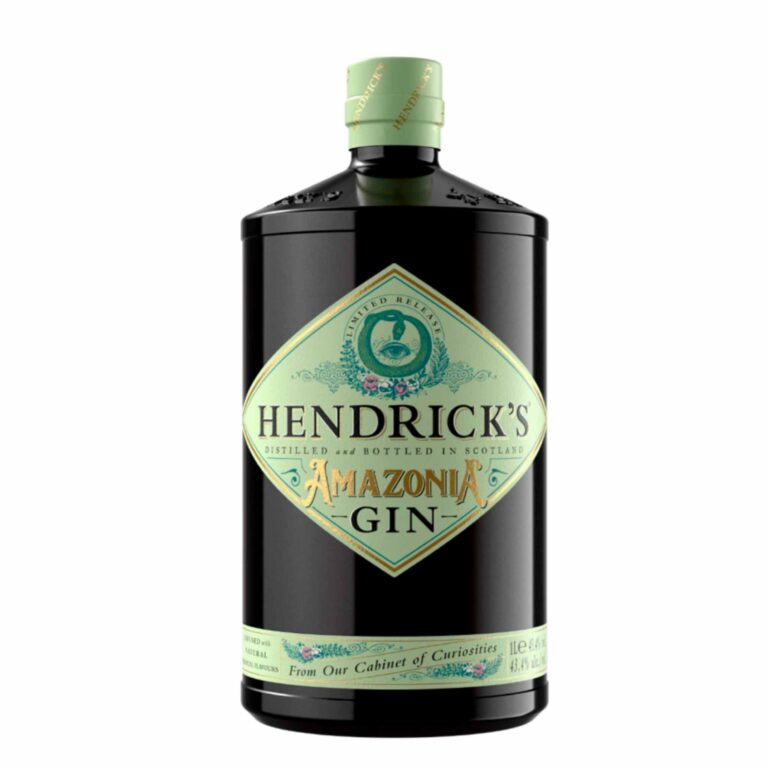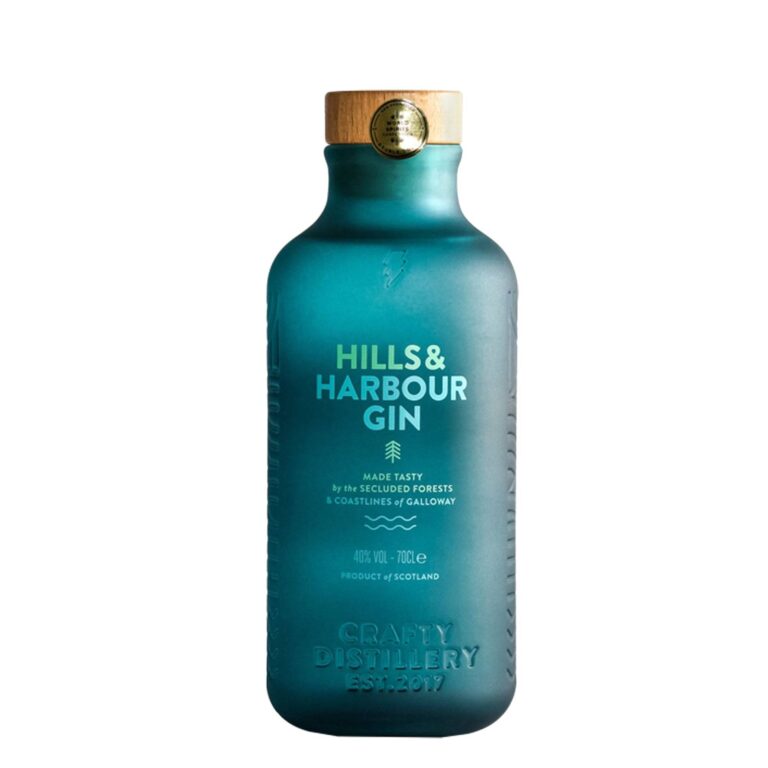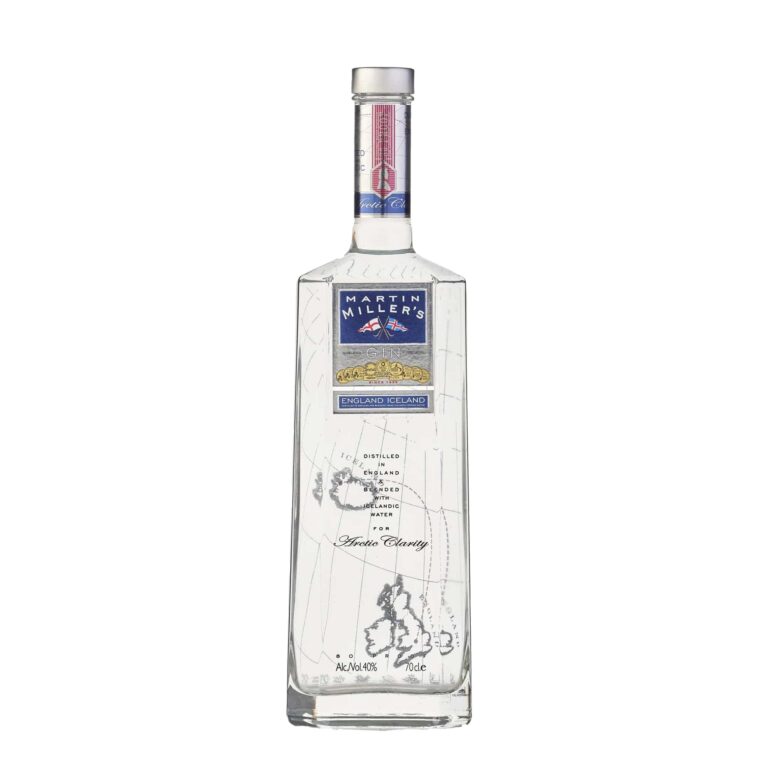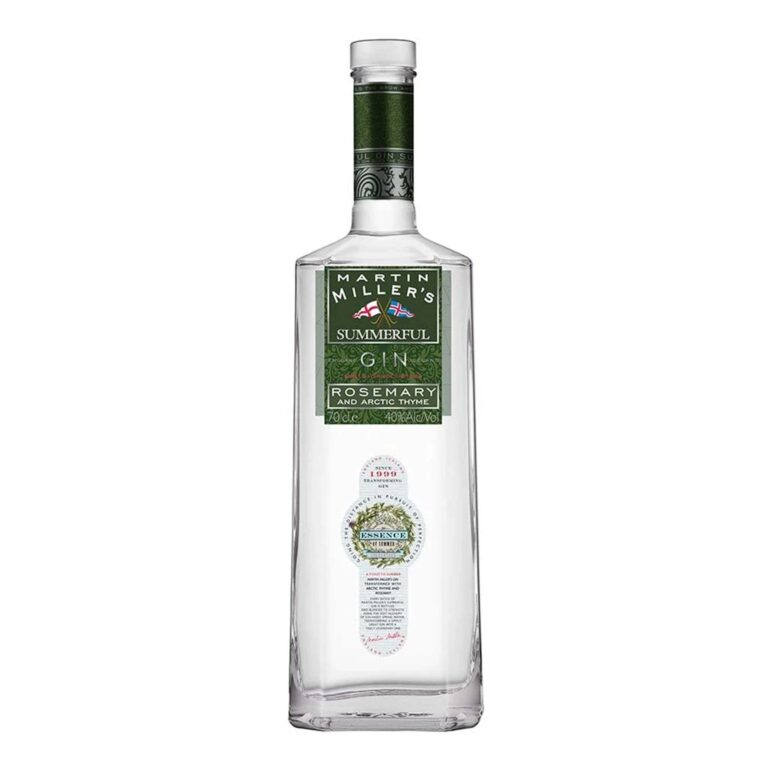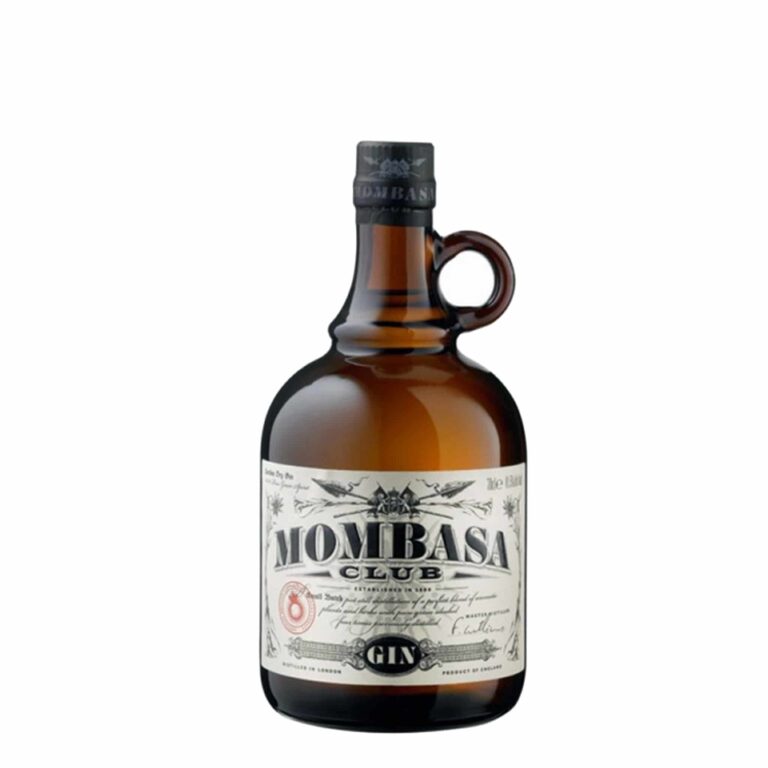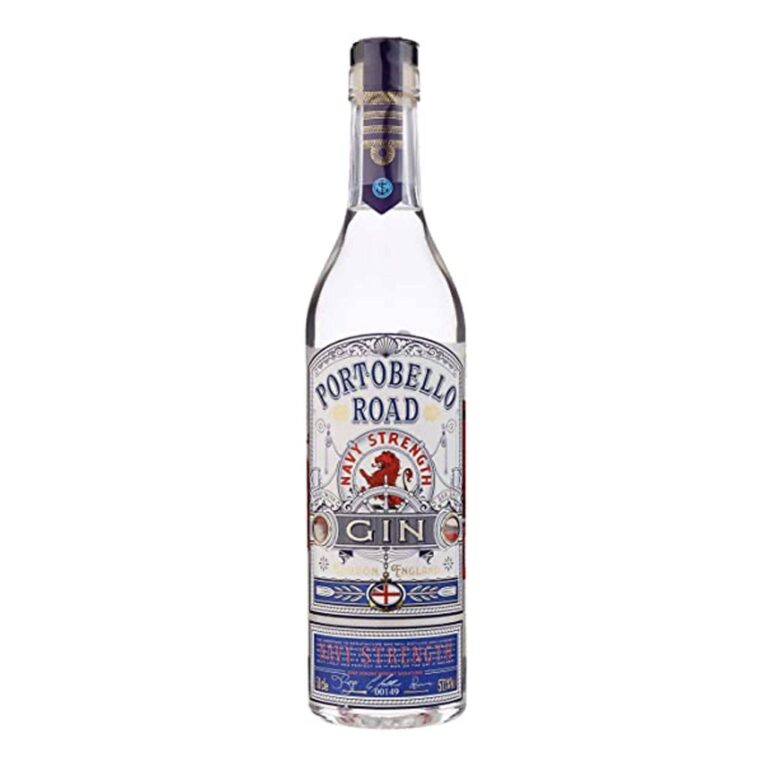British Classic Dry Gin
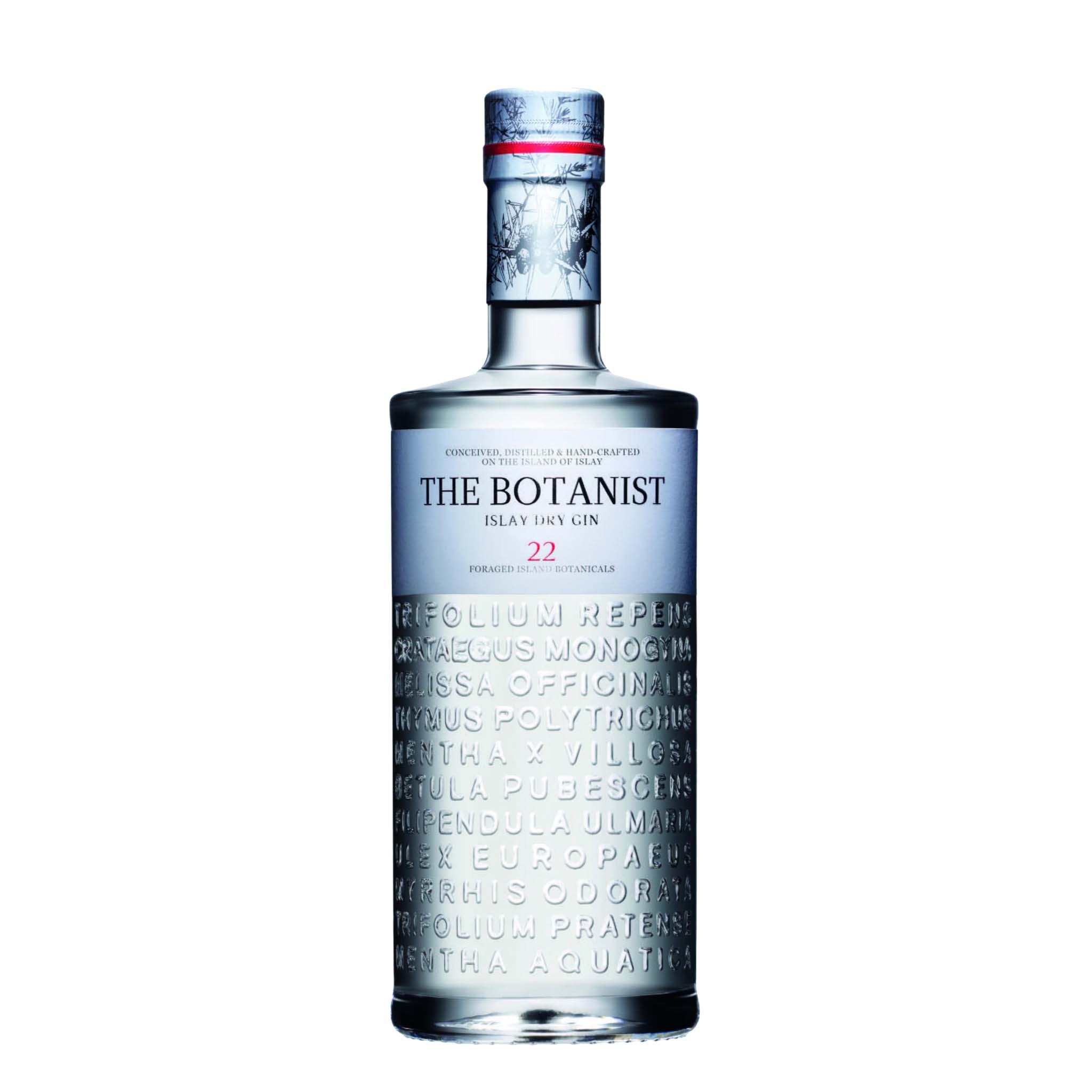
A Short History: From Medicinal Tonic to British Icon
Gin’s story is as British as afternoon tea– however, it in fact started in the Netherlands. In the 17th century, Dutch distillers produced genever, a juniper-flavoured spirit believed to have medicinal properties. British soldiers experienced it throughout war time and brought the taste home. Soon, London’s very own distillers were crafting their versions– lighter, drier, and clearly English.
By the 18th century, gin was all over in Britain. The so-called “Gin Craze” saw hundreds of small distillers making and selling the spirit. At some point, high quality took centre stage, resulting in refined dishes and more stringent distillation requirements. The result was the London Dry Gin– a tidy, crisp, aromatic design that remains the world’s much-loved.
What Makes British Classic Dry Gin Stand Out?
So, what sets British Classic Dry Gin apart from various other spirits– and even other gins? It comes down to balance, pureness, and tradition.
Juniper at the Core: Every proper, completely dry gin leads with juniper berries. Their piney aroma and mild citrus side specify the flavour.
Agricultural Harmony: Alongside juniper, classic dishes make use of a carefully picked mix of roots, natural herbs, and spices– like coriander, angelica, orris root, and lemon peel– to create depth.
The Dryness: Unlike Old Tom or flavoured gins, British Classic Dry Gin isn’t sweetened. It’s crisp and tidy, making it a best canvas for cocktails.
Distilling Mastery: Many British distilleries still rely upon copper pot stills and time-honoured approaches, ensuring a high quality that’s even more craft than commodity.
Who Enjoys British Dry Gin?
The appeal of gin lies in its adaptability. It’s beloved by both seasoned fanatics and casual enthusiasts alike. You’ll find it served:
In timeless cocktails like the Gin & Tonic, Negroni, or Martini
At home, enjoyed neat over ice or in refreshing spritzes
In social settings, from rooftop bars to countryside wedding celebrations
There’s a specific beauty to gin that bridges generations– acquainted yet innovative, traditional yet modern. For brand-new drinkers, it’s approachable; for lovers, it’s always complicated.
Why “British” Still Means Quality
When you see the phrase “British Classic Dry Gin” on a label, it signals more than location– it promises heritage. British gin distillers are known for their focus to detail, use in your area sourced botanicals, and development rooted in tradition.
From small-batch craft distillers in Cornwall and the Scottish Highlands to historic London houses with centuries-old dishes, British gin remains to lead the international stage. Many brand names focus on sustainability also– making use of recycled containers, locally grown herbs, and eco-friendly manufacturing.
The Signature Flavour: What to Expect
The first sip of a reliable British Dry Gin is an experience: crisp and tidy, with a brilliant ruptured of juniper, refined spice, and a lingering citrus finish. Each brand name adds its own twist; however, the general profile is refreshingly balanced– neither too wonderful nor too severe.
Typical flavour notes consist of:
Pine and resin from juniper
Lemon or orange peel for passion
Earthy heat from angelica or orris root
Light flower hints, like lavender or chamomile
Peppery or natural undertones from coriander and cardamom
This mix makes gin an exceptional base for both classic and creative beverages.
A Gin for every single Occasion
Whether you’re mixing a mixed drink for a summer season evening or gifting a bottle to a good friend, British Classic Dry Gin fits the bill. Right here’s why it’s so versatile:
Everyday refreshment: The renowned G&T continues to be irresistible for its simplicity.
Advanced sipping: Enjoy it neat or with a dash of soda to value the botanicals.
Mixologist’s favourite: It’s clean profile matches other flavours beautifully.
Perfect gift: A container of top-quality British gin always feels thoughtful and refined.
How to Choose Your Gin: A Simple Buyer’s Guide
Purchasing gin does not have to feel complicated. Here are some key variables to remember when buying:
1. Flavour Profile
Classic juniper-led: Think Beefeater or Tanqueray– excellent for martinis and traditional cocktails.
Citrus-forward: Gins with lemon, orange, or grapefruit peel off, like Malfy or Sipsmith Lemon Drizzle, are freshening in tonics.
Floral or herbal: Perfect for lighter taste buds– attempt Hendrick’s (increased & cucumber) or Silent Pool (lavender & chamomile).
Spiced or earthy: Great for winter or Negronis– Cotswolds Dry Gin or Opihr are good examples.
2. Alcohol Strength
Most completely dry gins range between 40- 45% ABV. Higher-strength variations (referred to as Navy Strength) provide bold flavour but can overpower fragile mixers.
If you’re just getting started, adhere to 40– 43% ABV for a smooth, balanced experience.
3. Rate Range
You don’t need to spend a fortune to delight in terrific gin.
Affordable standards (₤ 15 – 25): Gordon’s, Beefeater
Mid-range craft (₤ 25 – 35): Sipsmith, Tanqueray No. Ten, Cotswolds
Premium artisanal (₤ 35+): Hendrick’s, Silent Pool, No. 3 London Dry Gin
Each step up in rate normally shows craftsmanship, botanical quality, and small-batch manufacturing– not always stamina.
4. Intended Use
Daily G&T: Go with a balanced, juniper-forward gin like Beefeater or Tanqueray.
Cocktail-making: Choose something functional but unique– Sipsmith or No. 3 are superb all-rounders.
Special occasions or gifting: Premium bottles with stylish packaging, such as Hendrick’s or Silent Pool, constantly thrill.
How to Enjoy British Classic Dry Gin: Serving & Pairing Tips
Gin’s flexibility is among its most significant appeals. Right here are a couple of basic however effective means to get one of the most out of every container.
1. The Perfect Gin & Tonic
The humble G&T is still the nation’s favourite way to enjoy gin– and completely factor. It’s quick, rejuvenating, and constantly customisable.
Ingredients:
50ml British Classic Dry Gin
150ml high-quality tonic water
Ice
Garnish (lime, lemon, cucumber, or natural herbs relying on your gin).
Pro Tip: Always utilise plenty of ice. A warmer drink melts the ice quicker and dilutes the flavour.
2. Timeless Gin Cocktails to Try.
Martini: Stir gin and completely dry vermouth with ice, strain, and garnish with a lemon twist or olive. Classy and timeless.
Negroni: Mix equivalent parts gin, Campari, and pleasant vermouth. Bold, bittersweet, and innovative.
Tom Collins: Gin, lemon juice, sugar syrup, and soda water– optimal for warm afternoons.
French 75: Gin, lemon juice, sugar, and sparkling wine– a gleaming spin for parties.
Each mixed drink exposes a brand-new layer of your gin’s flavour, revealing just how adaptable British Classic Dry Gin can be.
Frequently Asked Questions.
1. Just what is British Classic Dry Gin?
It’s a juniper-led spirit made without sugarcoated or sugar. The term “British Classic” generally describes the London Dry design– tidy, crisp, and rooted in British distilling tradition.
2. What’s the distinction between gin and London Dry Gin?
All London Dry Gins are gin, but not all gins certify as London Dry. To earn the title, the gin needs to be distilled with all its botanicals (not flavoured afterward) and consist of no artificial additives or sugar.
3. Exactly how should I consume British Classic Dry Gin?
The simplest offer is a Gin & Tonic– 50ml gin, 150ml restorative, and lots of ice. You can also enjoy it neat, in a Martini, or with soda for a lighter spin.
4. What tonic goes finest with British gin?
A premium, neutral restorative like Fever-Tree Indian Tonic Water allows the gin’s botanicals radiate. For flower or citrus-forward gins, try Mediterranean or light tonic variants.
5. Can I make use of British Classic Dry Gin in cocktails?
Definitely, it’s one of one of the most versatile spirits for blending. Traditional cocktails like the Negroni, French 75, and Tom Collins all make use of dry gin as their base.
Last Thoughts: Why British Classic Dry Gin Deserves a Place in Every Home.
There’s something ageless regarding a container of British Classic Dry Gin. It’s classy without being pretentious, rich in heritage but constantly versatile to modern tastes.
Whether you’re unwinding after job, blending cocktails for good friends, or seeking the ideal gift, a top quality British gin never disappoints. It’s a sign of British virtuosity– distilled, improved, and bottled for daily enjoyment.
So next time you’re purchasing spirits, skip the uncertainty. Search for the words “British Classic Dry Gin” or “London Dry” on the label, look for a relied on distiller, and let your curiosity lead the way.
With the best container, the right restorative, and a bit of ice, you’re not just having a beverage– you’re tasting a piece of British background.

